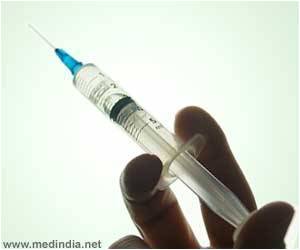A national registry of multiple sclerosis (MS) Indian Multiple Sclerosis and Allied Demyelinating Disorders Registry and Research Network (IMSRN) has been set up by the Indian Council of Medical Research (ICMR) on June 11, 2022 and it is the first nationwide dedicated database research network on MS and allied demyelinating disorders.
“There is a major need to get an insight into disease profile and outcomes of our patients as well as plan research in various domains of pathophysiology, causation, management and rehabilitation on these disorders,” said Balram Bhargava, director general, ICMR.
Use of New Therapies Regarding Multiple Sclerosis
Balram Bhargava has told that there are new, approved medications called ‘disease-modifying therapies’ which are seen to be effective, among them autologous hematopoietic bone marrow transplantation is an advancement in the treatment of MS in selective cases.
MS is a neurological disorder typically affecting young individuals between the ages of 20 and 40 years, but may also occur in children and adolescents.
‘Multiple sclerosis is a neurological disorder typically affecting young individuals between the ages of 20 and 40 years, but may also occur in children and adolescents.’
Females are affected more by this disease than males. It is estimated that the MS affects about 20 persons per lakh population and neuromyelitisoptica spectrum disorders (NMOSD) affects about 2.7 per lakh population although this may be an underestimation.
The registry will create an organized system for data collection, storage, retrieval, analysis, management and outcomes. The IMSRN was started in October 2021, with AIIMS Delhi as the national coordinating center and 24 participating centers spread across the country.
Advertisement
Talking about the process, R.S. Dhaliwal, head of non-communicable diseases, ICMR, added that as of now, more than 1,000 patients have been recruited for this registry.
The registry will pave the way for bringing experts together to generate ideas and research proposals focused on disease pathophysiology, aetiology and imaging, he underlined.
Source: IANS
Advertisement



